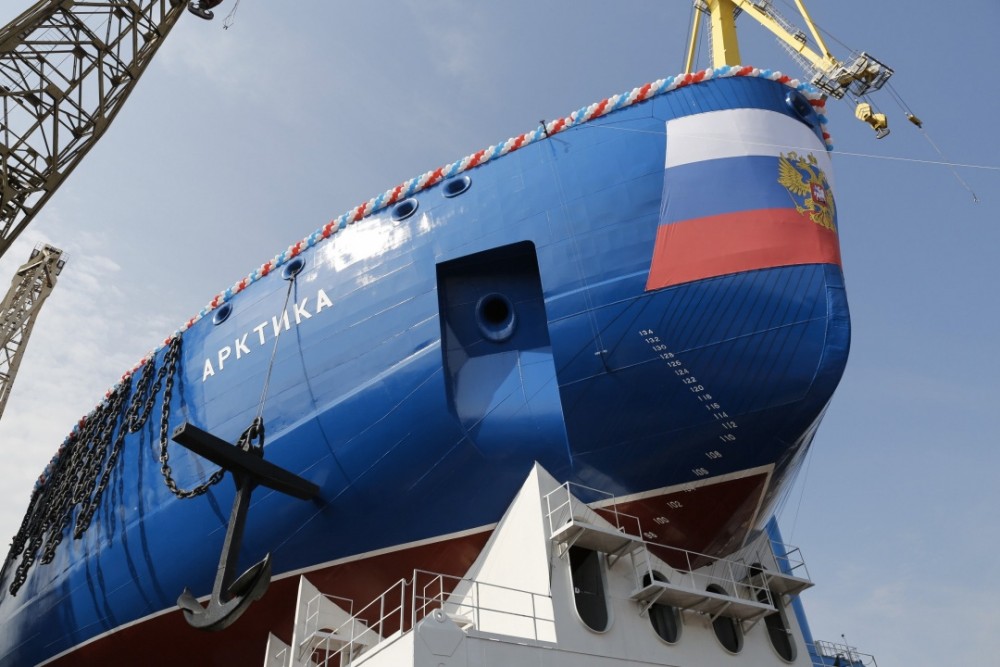A motor breakdown during sea trials aboard the Arktika, one of the world’s biggest nuclear icebreakers, has thrown into doubt that the vessel will be completed by its May deadline, the Kommersant daily newspaper has reported.
A motor breakdown during sea trials aboard the Arktika, one of the world’s biggest nuclear icebreakers, has thrown into doubt that the vessel will be completed by its May deadline, the Kommersant daily newspaper has reported.
According to the paper, a starboard-side electrical propulsion motor, which doesn’t have anything to do with the vessel’s nuclear reactor, failed during tests at sea on February 4. St. Petersburg’s Baltic Shipyard, which is building the vessel, has promised to establish the cause of the breakdown by Thursday.
Should the 300-ton motor need to be replaced, the newspaper reported, it could significantly delay the full-scale launch of the ship, which is already running behind schedule. The $580 million-dollar vessels was initially due for delivery in 2017.
The Artkika is the lead vessel of Russia’s LK60Ya nuclear icebreaker line, which Moscow sees as a central tool in taming the frozen Northern Sea Route, the Arctic shipping artery on which President Vladimir Putin has staked much of Russia’s economic future.
Like its sister vessels – the Ural and the Sibir – the Arktika weighs in at a displacement of 33,500 tons, and measures 173 meters from bow to stern. Its twin RITM-200 reactors will deliver a combined 175 megawatts of power, making it the most powerful civilian vessel in the world. And like its sister vessels, the Arktika is named for an earlier nuclear icebreaker in a nod to Soviet heyday of polar exploration.
But the newer vessels will be facing newer tasks. Putin has demanded that cargo tonnage flowing through the Arctic reach 80 million tons by 2024, a huge increase over present levels, in hopes of making the Northern Sea Route a competitor to the Suez Canal.
For that to succeed, nuclear icebreakers like the Arktika will be expected to keep the 6,000-kilometer passage running along Russia’s northern coast free of ice nearly year round.
That’s no small task. Even while the ravages of climate change are hitting the Arctic region harder than anywhere else in the planet, polar shipping lanes are ice-free only for about two to three months a year.
For now, the Arktika is expected to undergo a new round of sea trials in March or April, during which its reactors will undergo tests. The Ural and the Sibir are expected to enter duty by 2022.




